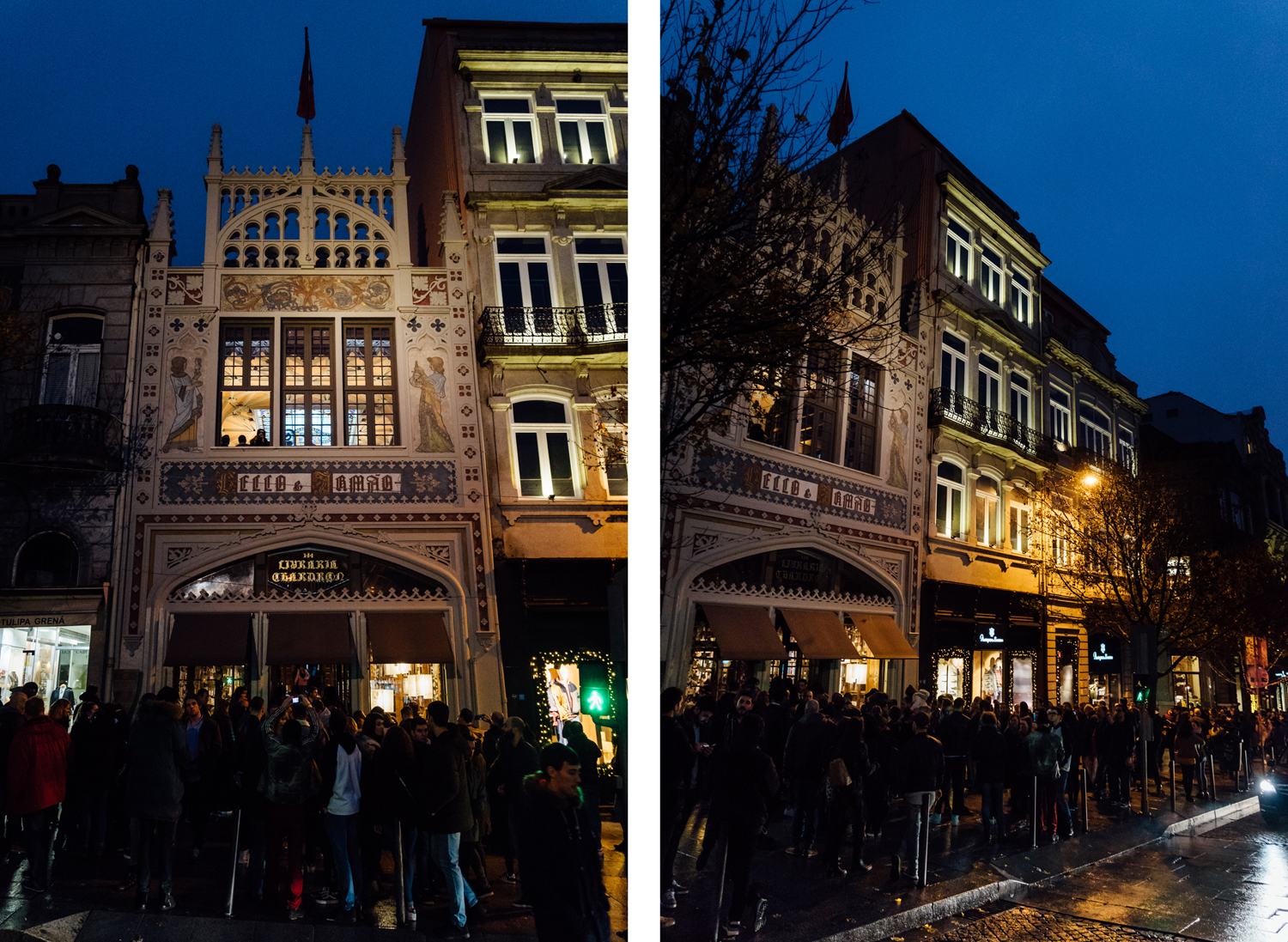Imitation and Its Consequences
“Imitation is the sincerest form of flattery.” – Charles Caleb Colton
This quote has been around for 2 centuries, and it’s more relevant than ever.
When Ann invited me to co-author this article, I felt honoured, but also worried. A meal made by two cooks: would the starter, main course and the dessert combine in perfect harmony? I hope so, but that’s for you to decide.
And speaking of food, what do pizza, fried chicken wings, filet mignon, lasagna and chocolate cake have in common? They are recipes that work. Everyone makes them because they know that no matter their cooking skills, these are safe, tested, tasty recipes and most everyone will like the final result.
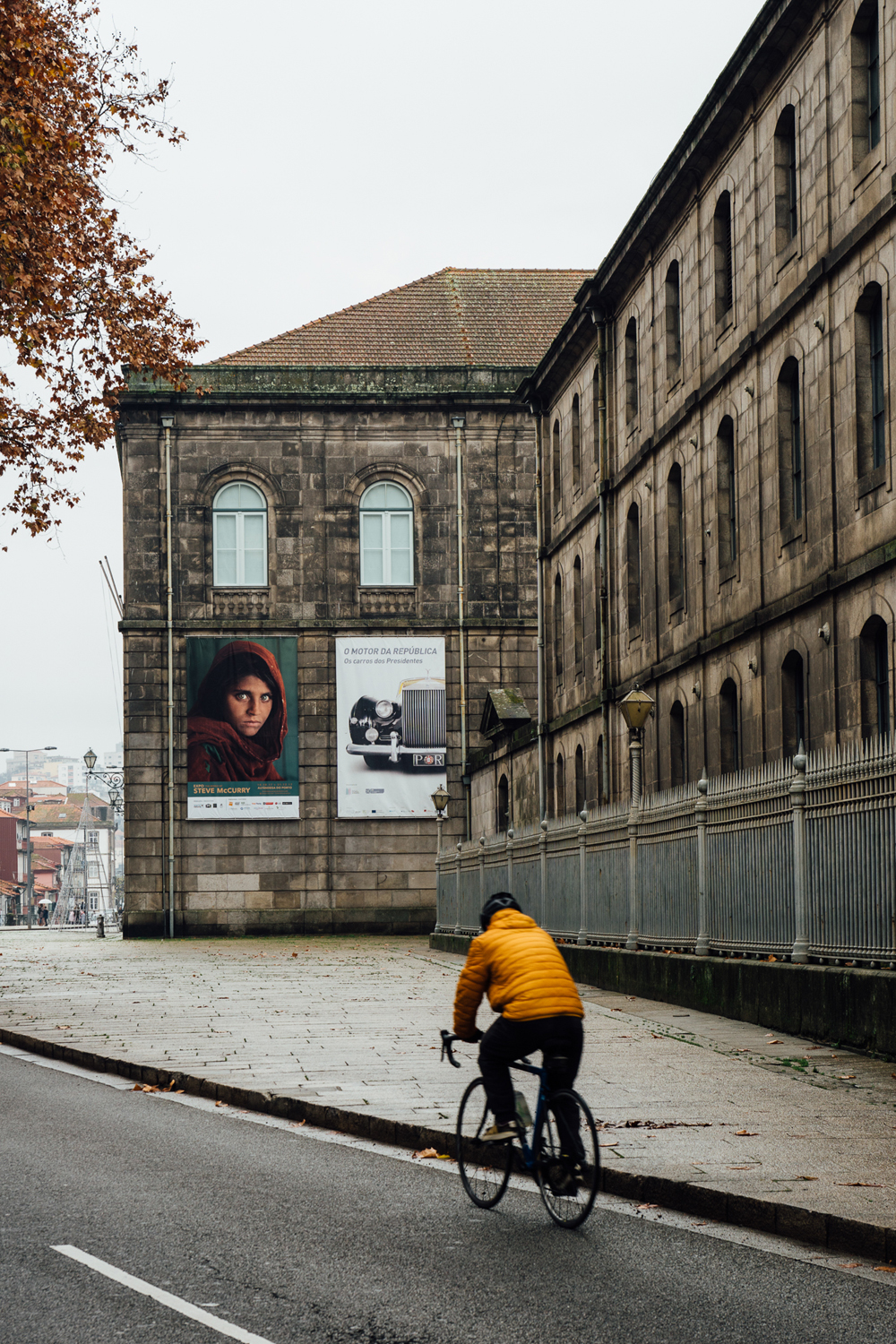
In the immense universe of cuisine, some recipes are so widely made around the world by so many people and with so many variants, it’s impossible to know who made them the first time. Creating an original recipe requires imagination, creativity and trial and error. This takes time, sometimes a long time. It also takes courage to leave the comfort zone and try something that fails 99 out of 100 times. But on that one occasion that gives the perfect result, magic happens. Something new tantalises the most demanding palates. What happens then? It’s copied and quickly appears on tables far and wide. Why? Because it works. Because it doesn’t require creating from scratch. Simply gather the right ingredients in roughly established proportions and the end result will please just about everyone.

So what does photography have to do with my cooking story? I think you’ve probably figured that out already. A perfectly centred person paddling a canoe; a red house in winter; pouring coffee into a camp mug; a solitary person on a dark night pointing a flashlight at the Milky Way; someone garbed in a yellow jacket standing before a waterfall; an open tent facing a magnificent landscape; the back of a woman wearing a brown hat. What do they have in common? They are recipes, and they work. No one knows exactly when they first appeared or who took the first photo, but these recipes result in pleasing images that evoke positive feelings and memories. Simply gather the right ingredients in roughly established proportions and the end result will please just about everyone. And now recipes like these are repeated endlessly with the help of social media.
There are, of course, some recipes that can’t be recreated just by gathering the right ingredients. For those, it’s essential to be in the exactly the right place as well: the Brooklyn Bridge, the Golden Gate Bridge or, in my home country of Portugal, the Vasco da Gama Bridge are widely known examples.
Of course, to make an outstanding photo of any of these bridges, you need a solid knowledge of photography, a good camera with manual controls and capable of producing raw files, key accessories like tripods and filters and, finally, image editing skills. But even if you don’t have all of this, even with a humble camera or a smartphone, by following the recipe the final result can be beautiful and visually compelling.
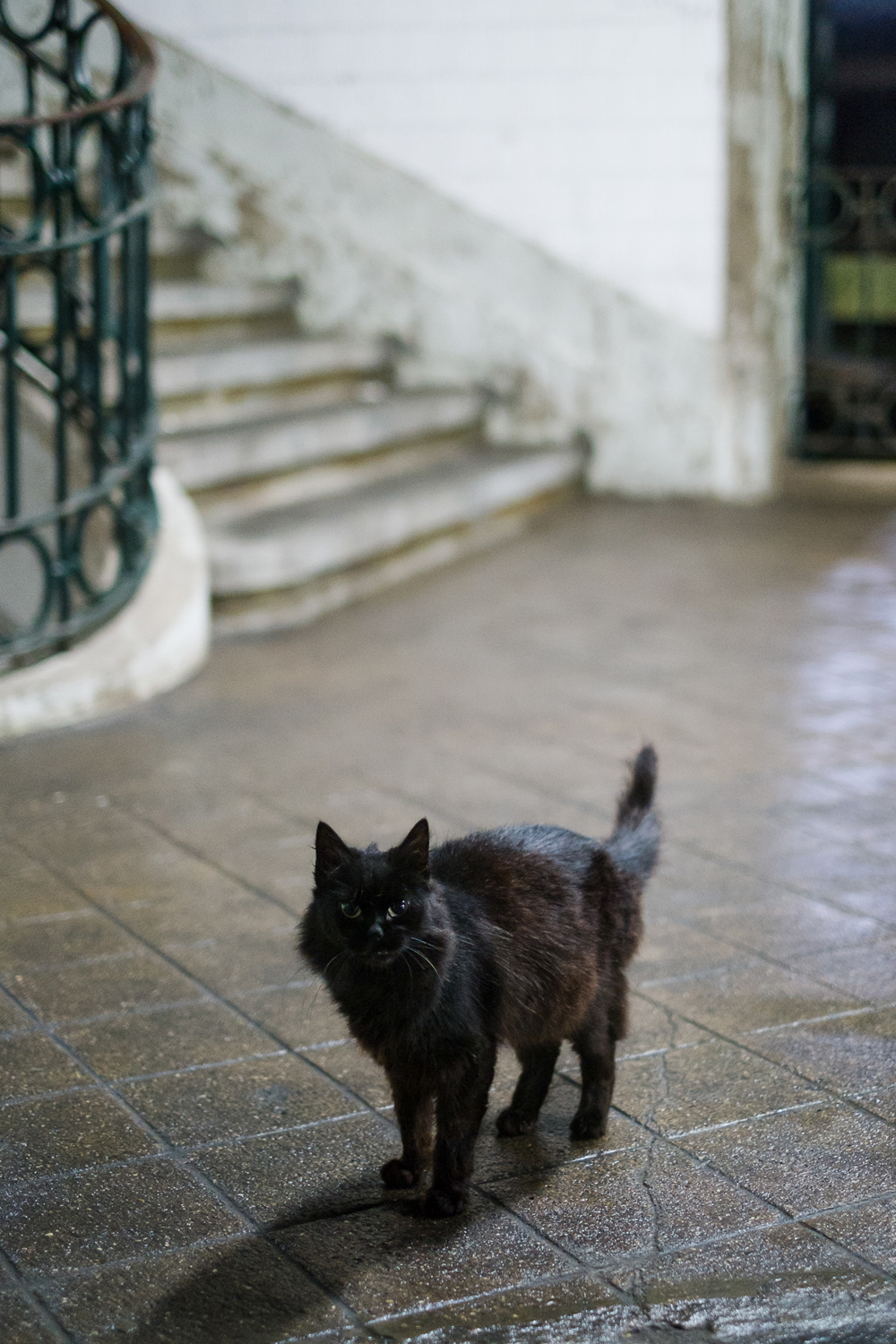
I’m not making fun of people who follow photo recipes. Everyone, myself included, does this. But what many of us seek is to break free, to leave this path for one less traveled. Or even to walk our own way. Of course, these days with image sharing on a global scale, when we think we’ve created something original it’s almost certain someone has done it before.
A couple of decades ago when our parents traveled, they used to buy postcards. Thousands of people would send their friends and family exactly the same picture. But times have changed, photography has become incredibly accessible, and most of us have a camera at the ready whenever we go anywhere. And for what? Often to make pictures that are literally the same as those made by thousands of other people! Funny, isn’t it?
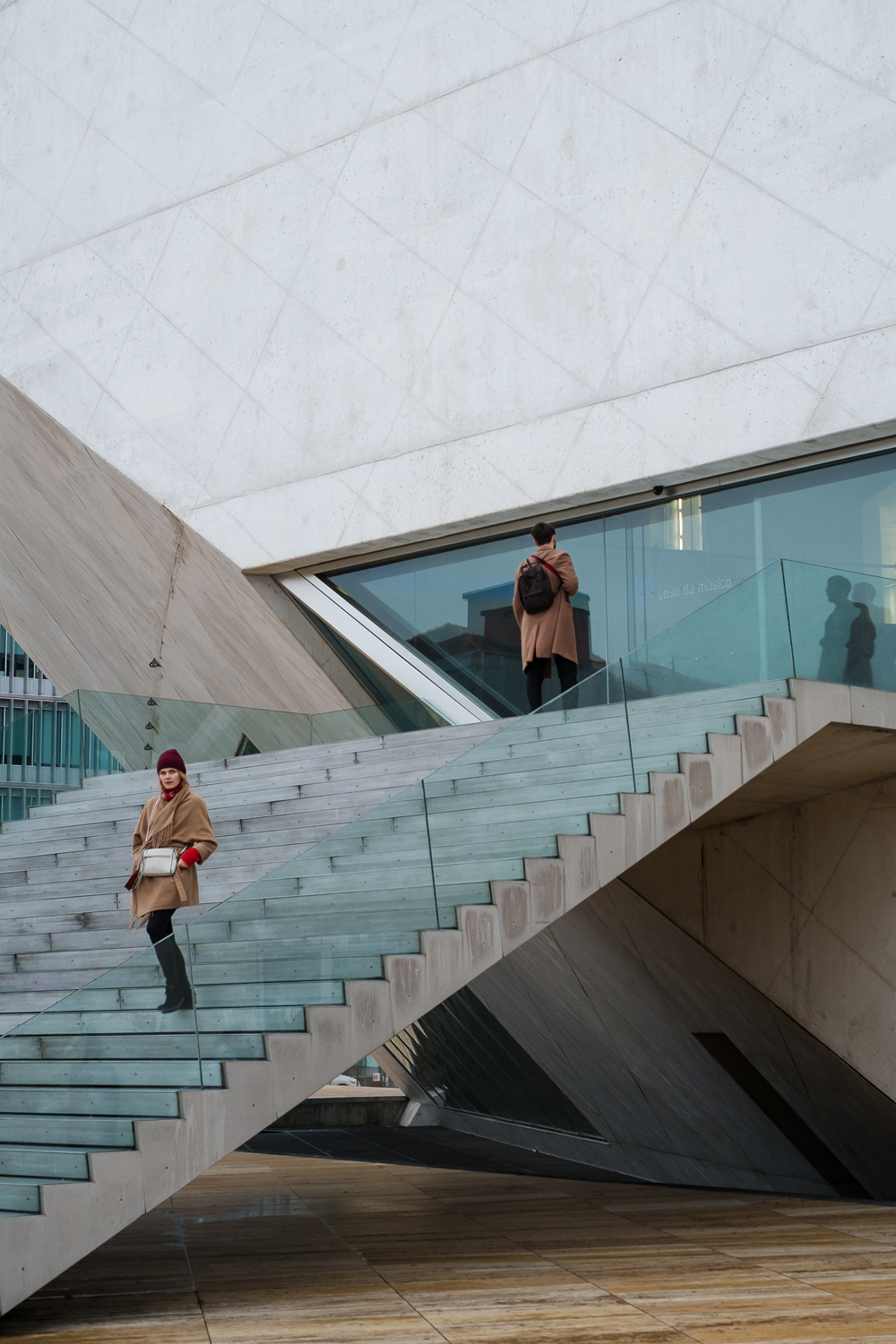
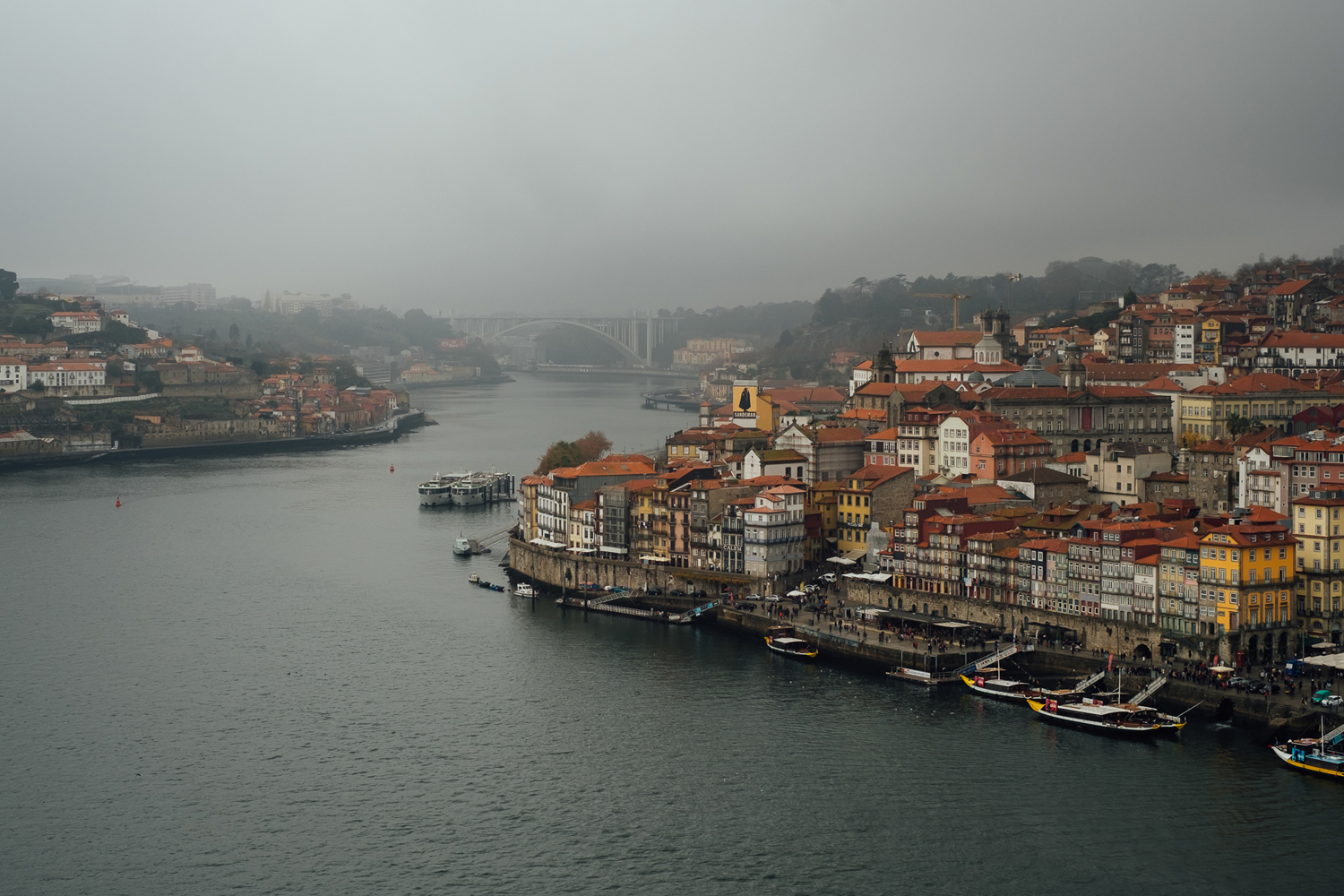
But there’s a side to this that wasn’t part of the postcard era. Today’s form of photo imitation is having some negative consequences. And this is happening all over the world, at the pyramids in Egypt, the Great Wall of China, the waterfalls of Iceland and the mountains and beaches of New Zealand. The examples I know best are occurring in European capitals and major cities, and I will share what I’ve witnessed in Porto, Portugal. Then Ann will share what she is experiencing in New Zealand.
You may know that J.K. Rowling lived in Porto while she was writing the first Harry Potter book and several places and traditions here served as inspiration. For example, the black cape, the traditional student’s costume at the University of Porto, is worn by the students at Hogwarts School of Witchcraft and Wizardry. There are countless other references associated with the time she lived in Porto, but probably the best known is Lello bookstore. Over 100 years old and recognized as one of the most beautiful bookstores in the world, its magnificent staircase is said to have served as an inspiration for the grand staircase in Hogwarts.
As you can see from the photos below that I took at the door of the bookstore, even today, more than 25 years after J.K. Rowling left Porto, a queue of hundreds, yes hundreds, of people are waiting to enter the bookstore. Not to buy books, but to see the venue and take photographs! Can a bookstore function as a bookstore when it has something like celebrity status? No, it can’t. And how can it survive if they barely sell any books? Only by charging a 3.00€ entrance fee!
And this is just one example of a location in a city that is being transformed by people motivated by getting “the shot” to post on social media. The entertainment industry ignited the desire that drives people to visit the Lello bookstore, but in many other cases we have to ask ourselves what role photographers are playing in catalysing similar chains of events. Now, over to Ann.
Nature photographers love nature. Many of us are ardent conservationists and we’re the last people to want to see beautiful natural locations damaged. But in this new age of imitation nature photographers are unwittingly contributing to exactly what we’re trying to prevent. Before saying more about that, I’d like to offer a mini-geography lesson.
Aotearoa/New Zealand is the unsubmerged part of huge landmass, a microcontinent, that broke away from the Gondwanan supercontinent. Over the past 25 million years, ongoing plate tectonic movements have created the high mountain ranges within the interior of Te Waipounamu, the spectacular South Island.
Aotearoa was the was the last large landmass on earth to be settled by humans. Polynesians arrived sometime between 1250 and 1300 CE and developed the distinctive Māori culture. The European, Abel Tasman, sighted New Zealand in 1642 but trading, whaling and colonisation commenced only after James Cook mapped the coastline in 1769. Today just under 5 million people live in a multicultural country about the same size as the United Kingdom. Te Waipounamu, the larger of the two main islands, has a quarter of the population, is dominated by dramatically beautiful mountain ranges, an incredibly scenic coastline, and is home to 10 of our 13 national parks. It’s no surprise that many aspire to visit New Zealand. And like Porto, for many, the desire to visit has been stoked by the entertainment industry. Touring companies offer trips to many of the Lord of the Rings, The Hobbit and Chronicles of Narnia locations that can be reached by sealed or gravel roads, hiking tracks or helicopter. But films are not the only bait. The stunning photos of New Zealand’s most beautiful locations made by professionals, and increasingly by amateur photographers and tourists, also feed the desire to visit. The result of cameras in every hand plus social media access, is the transfiguration of many locations, once known only to locals, into tourist meccas with Instagram hashtags populated by thousands of georeferenced pictures.
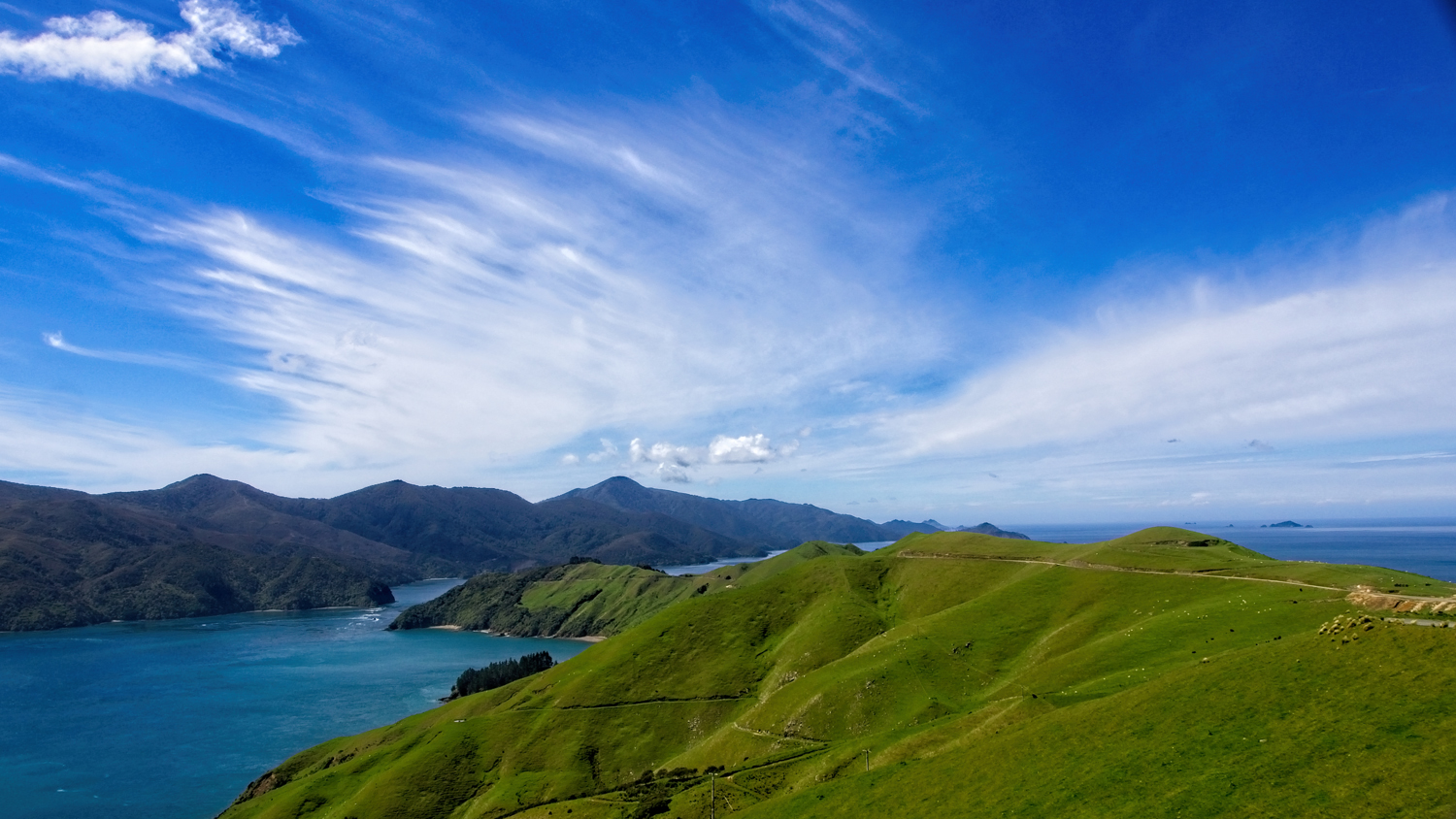
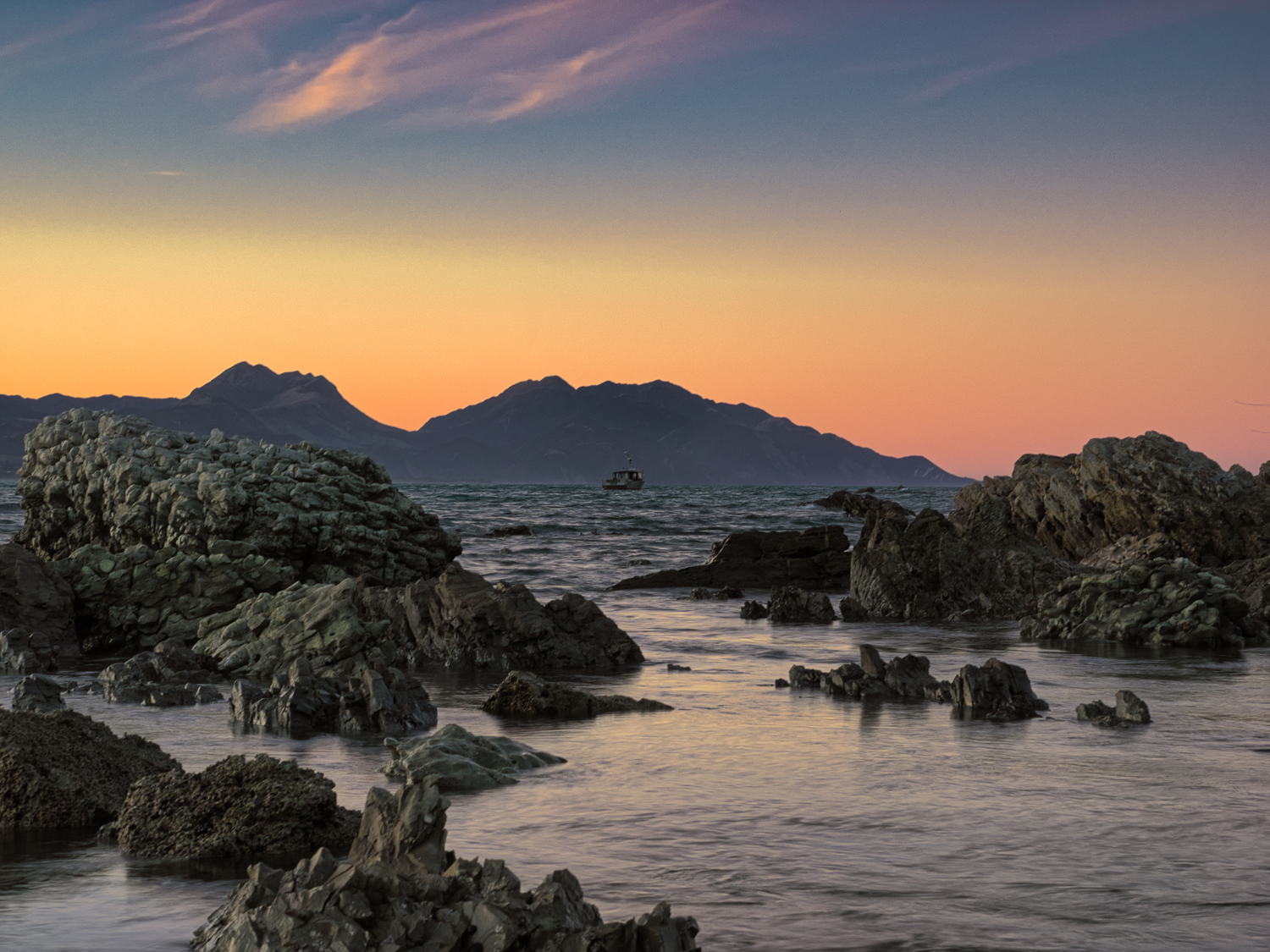

In November 2018 the BBC published an article online about this very phenomenon. Entitled Form an orderly queue: Recreating the perfect Instagram photo in New Zealand, it features an image, first published on Reddit, of people queuing to take photos at the summit of Roy’s Peak, in Wanaka, and the reaction of a spokesperson from New Zealand’s Department of Conservation. She revealed that visitor numbers to Roy’s Peak had increased by 12% to 73,000 between 2016 and 2018, because the spot had become a “quintessential icon for the Wanaka region through social media.” Unfortunately, it seems the BBC article hasn’t had much impact. I checked Reddit and found 239 images of Roy’s Peak posted over the past four years, with the vast majority of them shared during the last 12 months. They included a timelapse video posted just a few days ago titled, Getting ‘the shot’ at Roy’s Peak lookout. The #royspeak hashtag on Instagram has just over 56,000 images.
I’ve had personal experience of a similar situation at beautiful, remote Wharariki beach. When I first went there 20 years ago, I could drive the three hours from our house to the start of a gravel road ending at the access track to the beach, do the 20-minute walk to the beach, spend the day, and return without seeing a soul. On a recent trip a few months back, the car park at the start of the track was full, we met a long string of people along the track, and even more were roaming the beach, virtually all with phone cameras or DLSRs. An image of Wharariki’s Archway Islands appeared among the wallpapers when Microsoft launched Windows 10 in 2015, contributing to the discovery of the beach by international tourists. It’s also become popular as a workshop location for professional photographers, and the count for the #whararikibeach hashtag on Instagram has reached nearly 12,000 images. Other famous beauty spots that attract tourists who want to post “the shot” on social media include the Wanaka tree, the Moeraki boulders, Lake Pukaki. Not surprisingly, all these are featured in a 2019 National Geographic article called Here’s New Zealand’s Most Epic Drive.
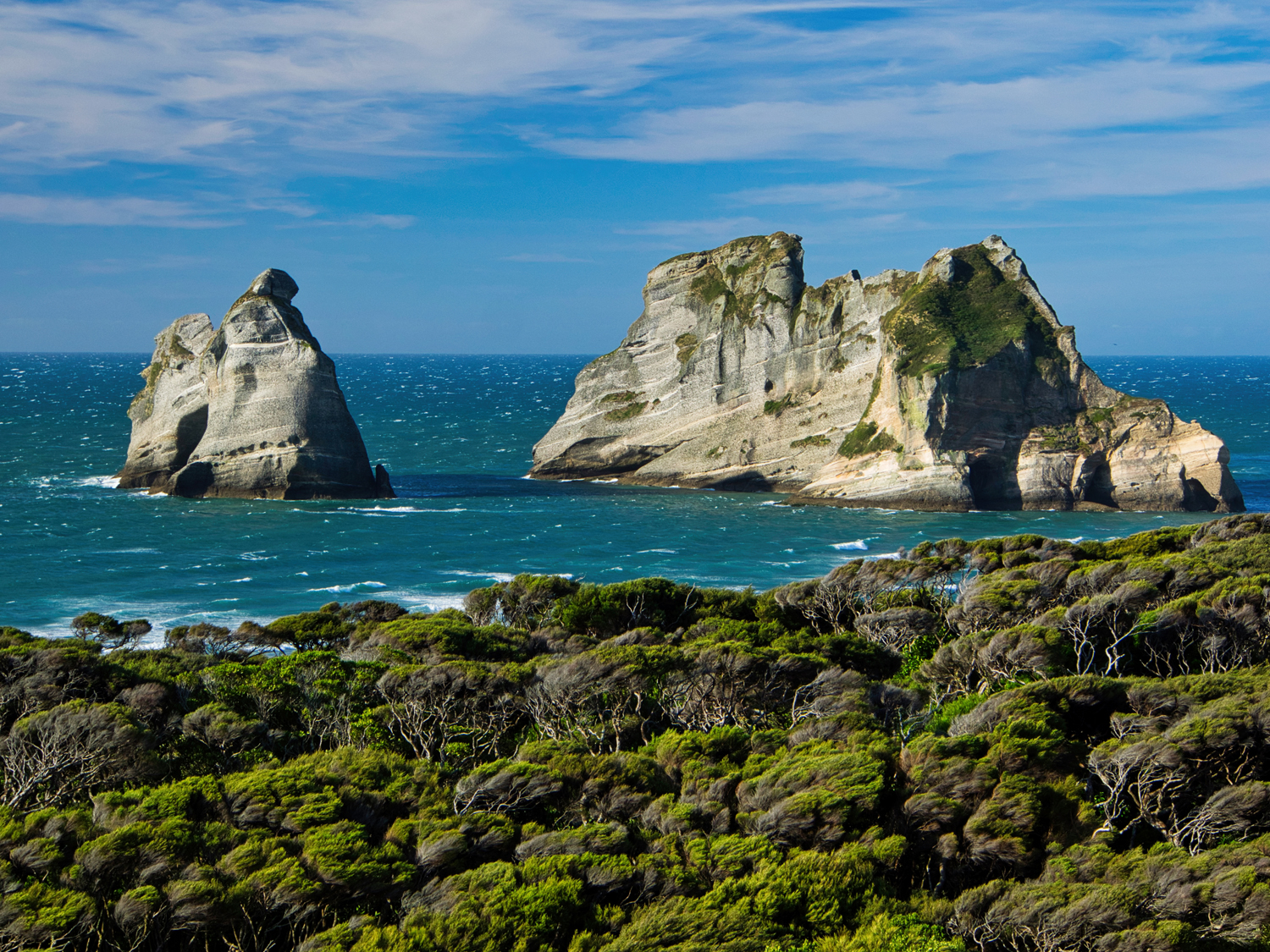
My own photography journey has only recently taken me into the world of the hashtag. During the past year I created a social media account and began writing articles about photography. Ironically, of all the images I shared social media, the most well-received was made in a Lord of the Rings location. I felt so drawn to the beauty of the area that I returned there recently to hike in the area with family. We found many more people present than on my first visit, all brandishing DSLRs and phone cameras.
Since then I’ve paid much closer attention to the nexus between tourism, social media and photography in Te Waipounamou. Accidents caused by tourists stopping wherever they pleased to take pictures are on the rise and the road authorities are stepping up campaigns to educate visitors about the hazards of driving our narrow windy roads. Designated photography points have started appearing along especially scenic routes. And concern has been growing among kiwis and within the New Zealand tourism industry itself about negative impacts on society and environment of international and domestic tourism, prompting the launching of a drive called the tiaki promise. Tiaki is a powerful Māori word, meaning to care and protect, to look after people and place. The tiaki promise is a commitment to care for New Zealand and is meant to instill a sense of responsibility and a commitment to good behaviour. Newzealand.com, our official tourism website introduces the promise in a lovely way:
“In New Zealand, we feel a special connection with the land we come from and a duty of care is instilled in us from a young age. We believe that if you look after the land, it will look after you and future generations. We welcome all who come here to embrace our tiaki promise to guard, protect and preserve our home.”
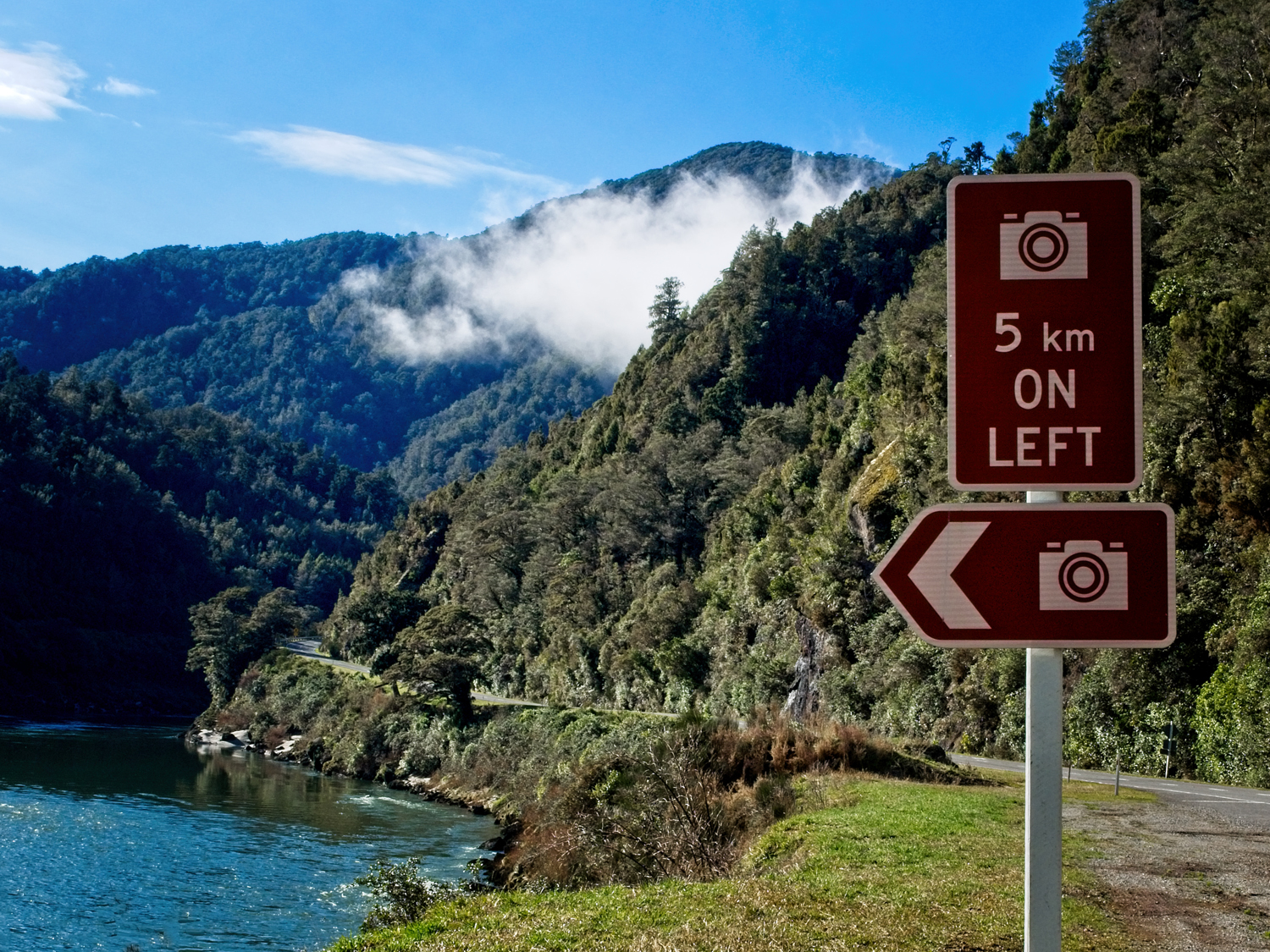
The tiaki commitment is far-ranging covering driving and camping responsibly, staying safe in the outdoors, respecting our culture and taking care of yourself, but with tourism as such an important part of the economy, it stops short of saying anything direct about the negative impacts. Nevertheless, negative impacts are getting increasing attention domestically. In 2017 a survey by Tourism New Zealand and Tourism Industry Aotearoa revealed that about a third of respondents felt that tourism puts too much pressure on the environment and on the available infrastructure. When the survey was repeated in 2019, just over half of New Zealanders thought that the predicted growth of tourism was too high. The survey reveals that New Zealanders support tourism generally, but not at the current or forecast levels.
I became curious about what other nature and landscape photographers are thinking and feeling about our role as providers of the beautiful bait that attracts tourists. I wondered whether others were asking themselves whether we are unwittingly complicit in the damage caused when sensitive natural areas are affected by large, rapid increases in tourist traffic. As Hugo has revealed, exactly the same question is relevant for photographers who focus on cultural subjects in urban areas.
A piece of investigative journalism by Mike White published in August 2019 by New Zealand’s North and South magazine (republished here) revealed that visitor numbers to Aoraki/Mt. Cook, New Zealand’s highest peak, rose 11% in the past year, reaching one million for the first time. Visitors to the Blue Pools in Mt. Aspiring National Park have skyrocketed from 3,400 to more than 100,000 in just three years. And Mike points out that the issues faced by New Zealand are shared around the world.
“Global tourism has risen from 525 million in 1995 to 1.4 billion in 2018. Central Amsterdam’s 850,000 residents struggle with 20 million visitors a year. France will have 100 million tourists by next year. The Greek island of Santorini saw more than 10,000 cruise-ship tourists a day before capping this at 8,000; Venice has banned cruise ships from its centre; and Boracay, a tiny island in the Philippines, closed for six months to help it recover from the two million tourists it was getting each year. Maya Bay in Thailand, which featured in the movie, The Beach, has been closed until 2021 because of environmental destruction and Game of Thrones hype has seen tourist numbers in the Croatian city of Dubrovnik explode by more than 50%. Cinque Terre, Machu Picchu, Chichen Itza, Barcelona – there’s a long list of destinations threatened with being ‘killed by admiration.’”
In the course of my research, I found messages in the Instagram bios of several internationally famous New Zealand photographers admonishing people to look after places they visit and clean up after themselves. I discovered photographers like Hami Tangiora, who make it clear in their photo comments that they don’t and won’t disclose the locations of sensitive places. But Hami’s attitudes are by no means universal among local photographers. I interacted on Instagram with a member of a New Zealand adventure photography collective who had just posted an image of Roy’s Peak. He wrote off my concerns, saying: “I don’t really see the problem to be honest. I personally wouldn’t stand in a line waiting for a photo, but if other people want to, I don’t see anything wrong with that. If it weren’t for Instagram, people would still try and imitate images taken in magazines. People like iconic landscapes. It’s bound to happen. We live in a beautiful country and tourism is one of our biggest incomes.”
I felt delighted to discover that trendsetting Dutch photographer Max Rive, who features many images of New Zealand on his Instagram account and website, doesn’t use geotags. He identifies his images only to the level of country. In his website FAQ, in response to requests for the exact location of particular images, he explains the motivation behind this choice: “I do invest a lot of time trying to find something good and unique and want to keep them secret to offer something more unique to the photographers who come with me on a tour.” Unfortunately, Max doesn’t explicitly mention the importance of protecting the identity of the natural locations he visits.
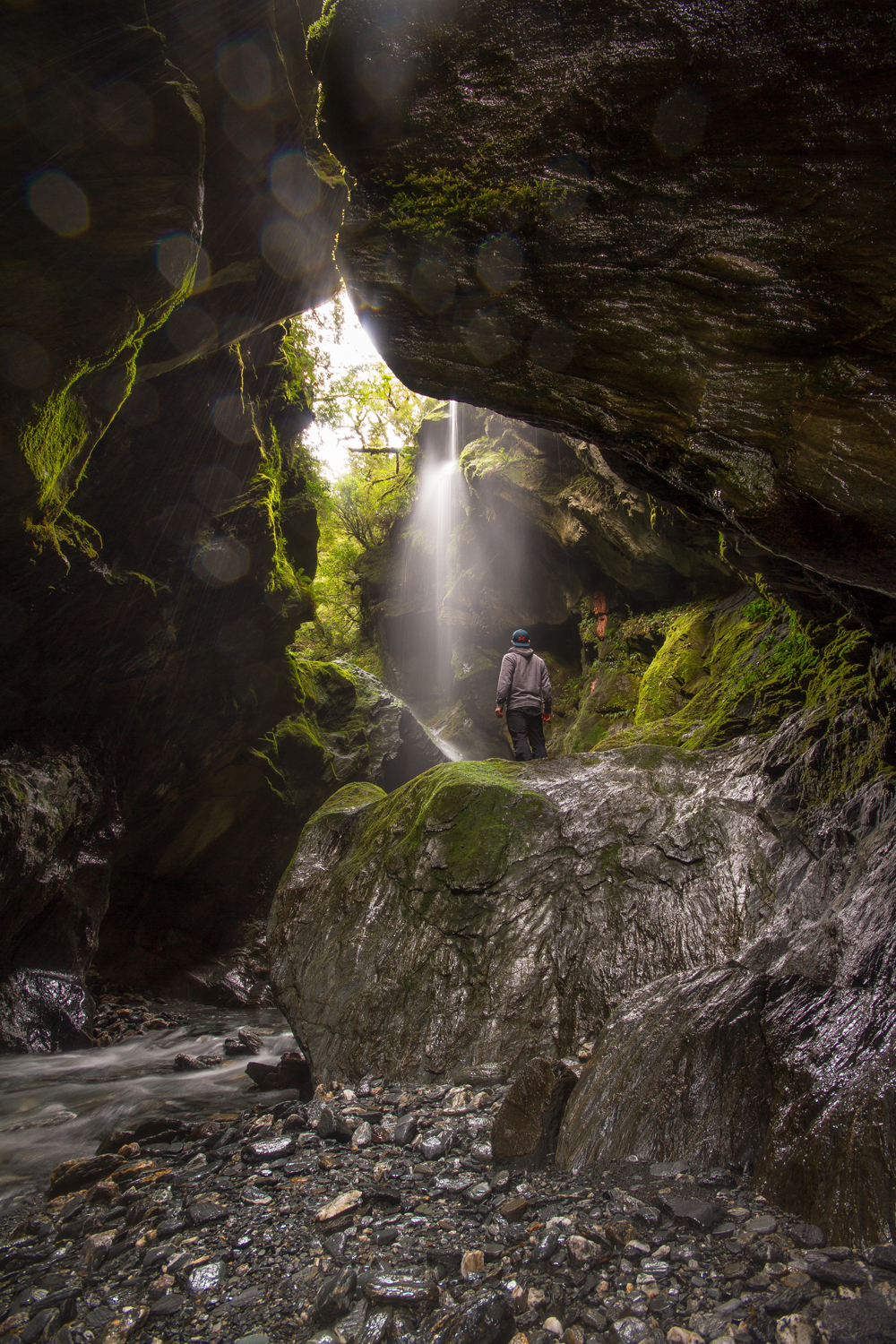
Eventually, my research to discover examples of organised advocacy on this issue bore fruit. I felt thrilled to discover the Nature First Alliance launched by the Nature Photographer’s Network. The Alliance points out that historically, photography has been a vital tool in environmental protection, promoting the conservation of wild places, encouraging positive stewardship practices across the world, leaving a legacy that makes it possible for photographers today, and many others, to enjoy protected wild places. Despite this, several converging factors are having an increasingly negative impact on public and protected lands. These include the rise of social media, making it easy to share photos and location information online, a significant increase in the popularity of photography, a steep increase in visits to public lands and wild places, and lack of widespread knowledge of basic stewardship practices and outdoor ethics.
The Alliance is concerned that visitors, including photographers, are causing tangible, extensive, and progressively worsening negative impacts on nature, trampling wild lands, ignoring regulations, damaging sensitive areas and disturbing wildlife, interrupting and diminishing the experiences of other users. They point out that while these developments may seem separate from photography, many of these pressures on wild lands stem from people being drawn to such places because of inspiring photographs. They conclude that while most individual photographers have not intentionally contributed to these negative impacts, we can acknowledge our contribution to these issues and take responsibility for addressing them in a proactive and positive way.
The Alliance promotes seven Nature First principles:
- Prioritize the well-being of nature over photography.
- Educate yourself about the places you photograph.
- Reflect on the possible impact of your actions.
- Use discretion if sharing locations.
- Know and follow rules and regulations.
- Follow Leave No Trace principles and strive to leave places better than you found them.
- Actively promote and educate others about these principles
These principles are relevant not just for professional nature photographers, but for amateurs and tourists. And if we replace the word “nature” in the first sentence with “cultural treasures,” the principles apply just as well to photography in cities and towns. To learn more about each of these principles visit Nature First Photography and please consider joining the Alliance.
Here ends the main course of this photographic dinner by two cooks. Before Hugo serves dessert, allow me to remind you again of his delicious appetizer: “In our hearts, each of us wants to tread our own path and escape the mainstream.” Over to you Hugo for the dessert…
One way of escaping the mainstream is to make imagery, not by imitation, but as a result of our creative spirit. And this creative spirit obviously isn’t born spontaneously; it’s the consequence of our personality, family, culture, traditions, artistic, musical, literary and many other influences. If we wish to make something unique and different, to innovate, to take the path of creativity, we are probably going in the wrong direction. If photographs that speak with our unique voice result from our creative spirit, then we need to nourish that spirit, not only by consuming the images made by others, but also–dare I say, above all–by allowing the spirit to drink from the other influences. This is like treating ourselves to a good meal and an excellent bottle of wine.
There’s no guarantee that we will suddenly start creating magnificent original images. When a cook tries to create a new recipe, failure is the guaranteed result most of the time. But with time, effort and persistence, eventually a wonderful result will appear. And when that happens, the feeling of creating something unique is worth all the filet mignon and chocolate cakes in this world.
And as a final apéritif, let me describe how I managed to get this photograph of the Lello bookstore staircase. It was quite easy actually. I went to dinner at a nearby restaurant, and by late evening when the doors had closed and there was hardly anyone in the street, I leaned my camera against the window and photographed. I didn’t do any advance preparation, or anything special. I didn’t even use a tripod. You can easily find hundreds of much better photos of this staircase on Instagram. The photo I took is no more than a snapshot, with little merit in terms of photographic technique. And yet it resulted in a fairly interesting image. Why? Because I followed the recipe. 🙂
Except for the particular case of the Lello bookstore photograph that served to show what I mentioned, the photographs I used to illustrate this article have no purpose other than to show how beautiful the city of Porto can be, and that the process of escaping the mainstream is something I still have to work on a lot.

Postscript from Ann: I too have a long way to go on my journey against the stream.
Ann Wheatley
@ann.wheatley.photography
and
Hugo Pinho
@pinho_hugo_ | www.hugopinho.com

“Photography is my meditation. I started with a point-and-shoot in 2009 but soon wanted more. Not wanting to give up the small size I opted for mirrorless, and have never looked back!”


